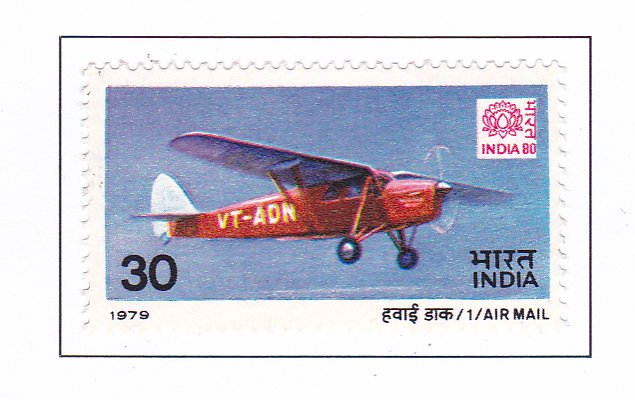Puss Moth Aircraft

The history of airborne mail delivery in India is a testament to humanity’s quest for efficient communication over vast distances. From the pioneering days of pigeon messengers to the modern era of satellite communication, the evolution has been remarkable.
One of the milestone moments occurred on February 18, 1911, when Henri Piquret took flight in a Humber biplane, marking the world’s first instance of airborne mail delivery. This historic event, orchestrated by the Indian Post & Telegraphs, symbolized a significant leap in the transmission of messages.
Subsequent developments saw the establishment of the first regular airmail service in India in 1929, connecting Delhi and Karachi. J.R.D. Tata, a pioneering Indian aviator, made significant contributions to the expansion of air travel in the country. His maiden flight in October 1932 paved the way for further advancements in aviation.
Post-independence, the Government of India launched the Night Airmail Service in 1949, revolutionizing mail delivery between major metropolitan cities. Under the visionary leadership of Shri Rafi Ahmed Kidwai, the All-Up Mail Scheme was introduced, streamlining domestic mail delivery without surcharges.
Today, Indian Airlines and Air India play pivotal roles in facilitating domestic and international airmail delivery, respectively. The Indian Air Force has also been instrumental in ferrying mail, showcasing their dedication in both peace and wartime situations.
The evolution of mail delivery in India is not merely a technological advancement but a testament to the relentless pursuit of efficient communication. The issuance of commemorative stamps honoring those involved in the airborne mail service underscores the significance of this endeavor in India’s history.
